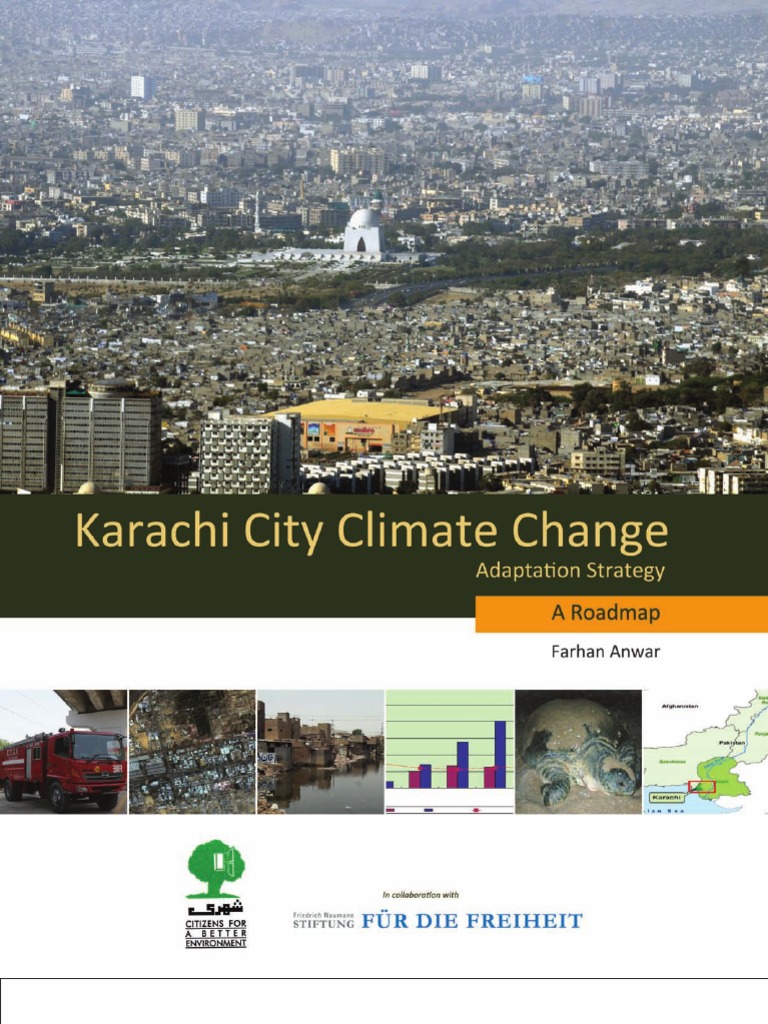The Scorching Reality of Karachi’s Two-Tiered Climate
In the early hours of a summer day, as the sun rises over the portside slums of Keamari in Karachi, 48-year-old mason Fazal Rahim steps out with his rusted tools into the blistering heat. By nightfall, after a long day of labor, he returns home drenched in sweat, only to find no electricity to power even a single fan. For Rahim, life in this part of the city is an unrelenting struggle against the elements.
“The heat is unbearable, and there’s no electricity either,” Rahim said. “Our home turns into a hell, the children cry, and heat rashes break out on their skin.”
This experience is not unique to Rahim. As Pakistan’s largest city endured a record-breaking heatwave in June, temperatures soared past 42 degrees Celsius (over 107°F). This extreme weather exposed a stark urban reality: while the wealthy could enjoy air-conditioned comfort, the poor faced hours of relentless heat in overcrowded neighborhoods plunged into darkness due to prolonged power outages.
The situation in Karachi has led to what human rights advocates call “climate apartheid.” This term highlights how climate change disproportionately affects marginalized populations, leaving them vulnerable while the affluent remain insulated from its worst effects.
Hospitals across the city, including the government-run Jinnah Postgraduate Medical Center (JPMC), saw a significant increase in patients suffering from heat-related illnesses. Dr. Irfan Siddiqui, head of JPMC’s emergency department, noted that nearly a thousand patients came in with heatstroke last year. This year, cases of dehydration, food poisoning, and heat exhaustion have also risen.
Karachi, which handles more than 90% of Pakistan’s international trade, is a city of over 20 million people and the country’s economic engine. Despite its importance, the city’s basic infrastructure—especially in low-income neighborhoods—is chronically neglected. Some residents, like Rahim in Bhutta Village, reported only two hours of electricity in a full day last month. In contrast, affluent areas such as Clifton and Defense Housing Authority (DHA) remained largely unaffected by power outages, with many homes powered by private solar panels or diesel generators.
K-Electric, the city’s sole power distributor, claims that the disparity is not based on class. A spokesperson for the utility, Bilal Memon, stated that the load-shedding schedule is determined purely on a commercial basis. He explained that areas with higher theft and lower bill recovery face longer outages.
According to the National Electric Power Regulatory Authority (NEPRA), Karachi faces some of the highest transmission and distribution losses among major cities. These losses are attributed to illegal connections, aging infrastructure, and weak governance. The report also indicated that high-loss areas tend to face longer outages as a penalty mechanism.
For those living on the margins, like Tahira Perveen, a widowed asthma patient in the low-income Manzoor colony, the unpredictability of the electricity supply can be dangerous. “As for electricity, no one knows when it will come,” she said. “During the heat, it happens all night and all day.”
Karachi is among the world’s ten fastest-warming megacities, according to urban climate assessments by the United Nations Environment Program. The city has warmed at nearly double Pakistan’s national average, with temperatures rising by approximately 0.34°C per decade since 1960, according to Sardar Sarfaraz, former director of the Pakistan Meteorological Department.
The situation in Karachi reflects a growing global trend where the most vulnerable populations bear the brunt of climate change. As the city continues to grapple with rising temperatures and inadequate infrastructure, the need for equitable solutions becomes increasingly urgent. Without significant investment in sustainable energy and infrastructure, the divide between the privileged and the marginalized will only continue to widen.






